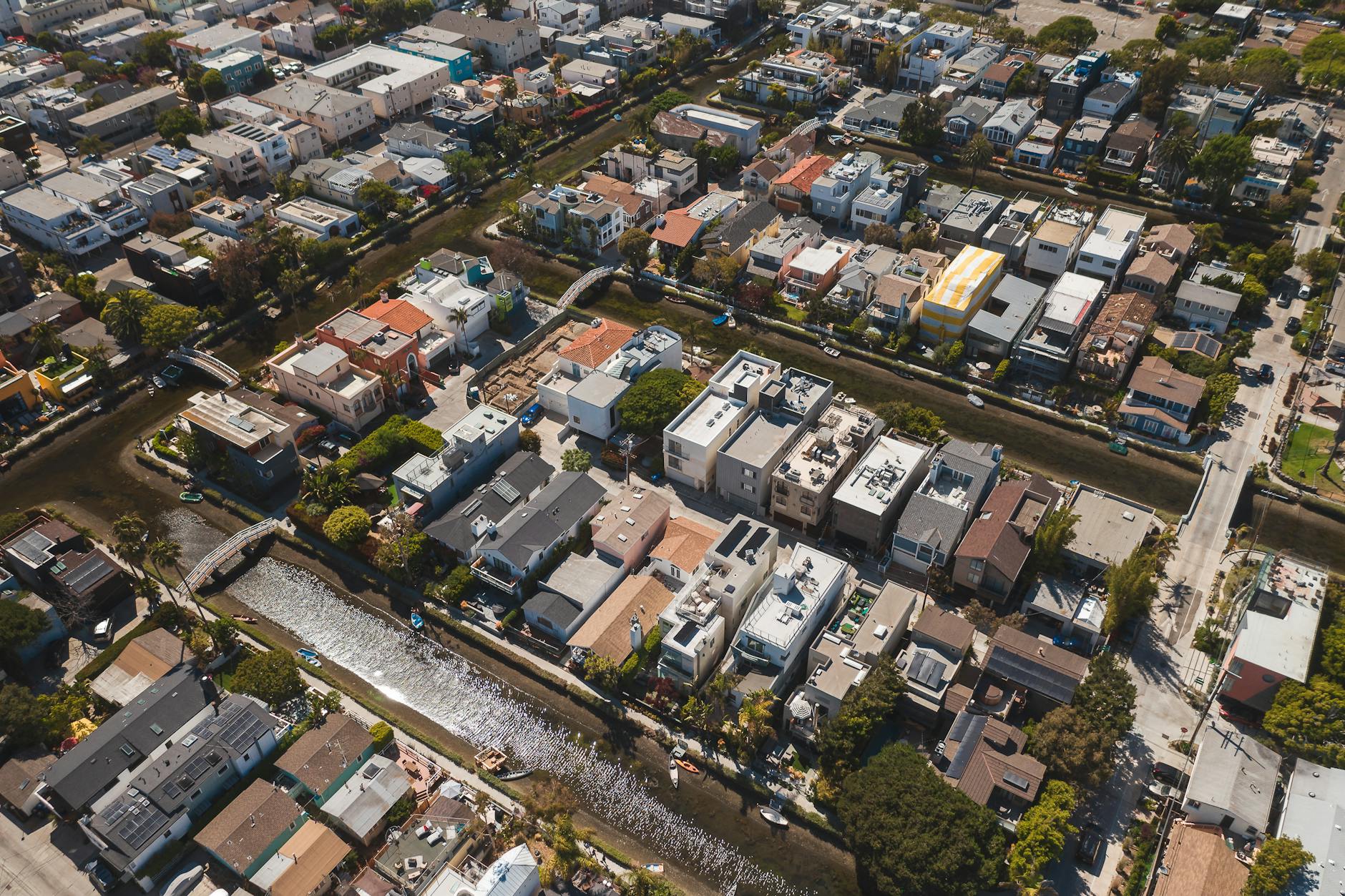Exploring Affordable Housing Development: Opportunities and Challenges
Exploring affordable housing development: opportunities and challenges
Affordable housing development is a critical issue worldwide as urban populations grow and the cost of living continues to rise. Ensuring access to safe, affordable homes is essential for promoting social stability, economic growth, and community well-being. This article explores the multifaceted nature of affordable housing development, highlighting key opportunities and addressing the challenges that stakeholders face in bringing these projects to fruition. From government policies and innovative financing models to construction technologies and community engagement, understanding these dynamics is crucial for effective development. By exploring these interconnected factors, readers will gain a comprehensive view of what drives affordable housing initiatives and what obstacles need to be overcome to make housing accessible to all.
The role of government policies in affordable housing
Government intervention often serves as a foundational element in affordable housing development. Through legislation, zoning laws, tax incentives, and subsidies, governments can create an environment that encourages developers to prioritize affordable units. For example, inclusionary zoning policies require developers to allocate a percentage of new housing for low- to moderate-income residents. Additionally, funding programs such as the Low-Income Housing Tax Credit (LIHTC) in the United States have successfully driven investment into affordable housing projects.
However, policy landscapes vary greatly by region, and inconsistent regulations can create confusion and delay project completion. Moreover, political shifts pose risks to the continuity of affordable housing initiatives, often hindering long-term planning. Collaborations between public and private sectors are therefore critical, combining regulatory support with market expertise.
Innovative financing models and partnerships
Securing funding is one of the biggest challenges in affordable housing development. Traditional financing often falls short due to lower profit margins compared to market-rate housing. This gap has led to the creation of innovative financing models that leverage partnerships among public agencies, private investors, non-profits, and community groups.
One emerging approach is the use of social impact bonds where investors fund projects upfront in exchange for returns tied to measurable social outcomes. Another example is community land trusts, which separate land ownership from housing ownership, keeping prices affordable over time. Additionally, blended finance mechanisms combine grant funds with loans to reduce risk and attract private capital.
| Financing model | Description | Key benefit |
|---|---|---|
| Low-Income Housing Tax Credits (LIHTC) | Federal tax credits to incentivize private investment in affordable housing | Encourages private sector participation |
| Social impact bonds | Private capital funds projects with returns linked to social outcomes | Aligns financial and social goals |
| Community land trusts | Non-profits hold land to ensure long-term affordability | Maintains affordability over generations |
| Blended finance | Combines grants, loans, and equity to reduce investment risk | Attracts diverse investment sources |
Construction technologies and sustainable design
Advancements in construction technologies and sustainable design have created new opportunities to reduce costs and increase the quality of affordable housing. Prefabrication and modular building techniques can speed up construction timelines while lowering labor expenses. These methods also reduce material waste, making projects more environmentally friendly and cost-effective.
Incorporating sustainable design elements such as energy-efficient windows, solar panels, and green roofs reduces long-term utility costs for residents. This not only makes housing affordable upfront but ensures affordability is maintained throughout the life of the building. However, upfront investment in such technologies can be a barrier, and developers must balance these costs with the funding available.
Community engagement and social implications
Affordable housing projects that succeed are often those that actively involve communities throughout the planning and development process. Engagement fosters trust, ensures that housing meets the actual needs of residents, and reduces opposition. Social inclusion is key to preventing the stigmatization that sometimes surrounds affordable housing developments.
Furthermore, affordable housing has the potential to catalyze neighborhood revitalization, increase access to services, and improve residents’ quality of life. Conversely, poorly planned projects risk displacement and social fragmentation. Effective community engagement includes transparent communication, collaborative design workshops, and partnerships with local organizations.
Conclusion
Affordable housing development is a complex yet essential endeavor that requires coordinated efforts across policy, finance, technology, and community involvement. Government policies set the regulatory framework and provide incentives, while innovative financing models unlock much-needed capital from diverse sources. Advances in construction and sustainable design offer cost-saving solutions that improve livability and reduce long-term expenses. At the same time, engaging communities ensures that housing development is sensitive to social needs and contributes positively to neighborhoods.
Balancing these opportunities with the inherent challenges—such as political uncertainty, financing constraints, and public acceptance—is key to scaling affordable housing solutions. By integrating these elements thoughtfully, stakeholders can create resilient and inclusive housing developments that serve the growing demand for affordable homes, promoting social equity and economic vitality for years to come.
Image by: RDNE Stock project
https://www.pexels.com/@rdne
editor's pick
latest video
news via inbox
Nulla turp dis cursus. Integer liberos euismod pretium faucibua


